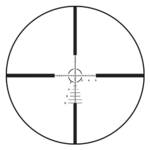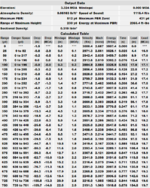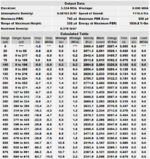Outdoorsman12b
WKR
- Joined
- Sep 24, 2018
- Messages
- 531
Can someone please explain the theory behind setting the optimal trajectory setting? I have watched the video a few times. The video implies to use about 2 MRAD in optimal field of fire and then aim short or long for a faster firing solution. I don’t have a thlr reticle but it seams I could apply this to the LRHS reticle.



